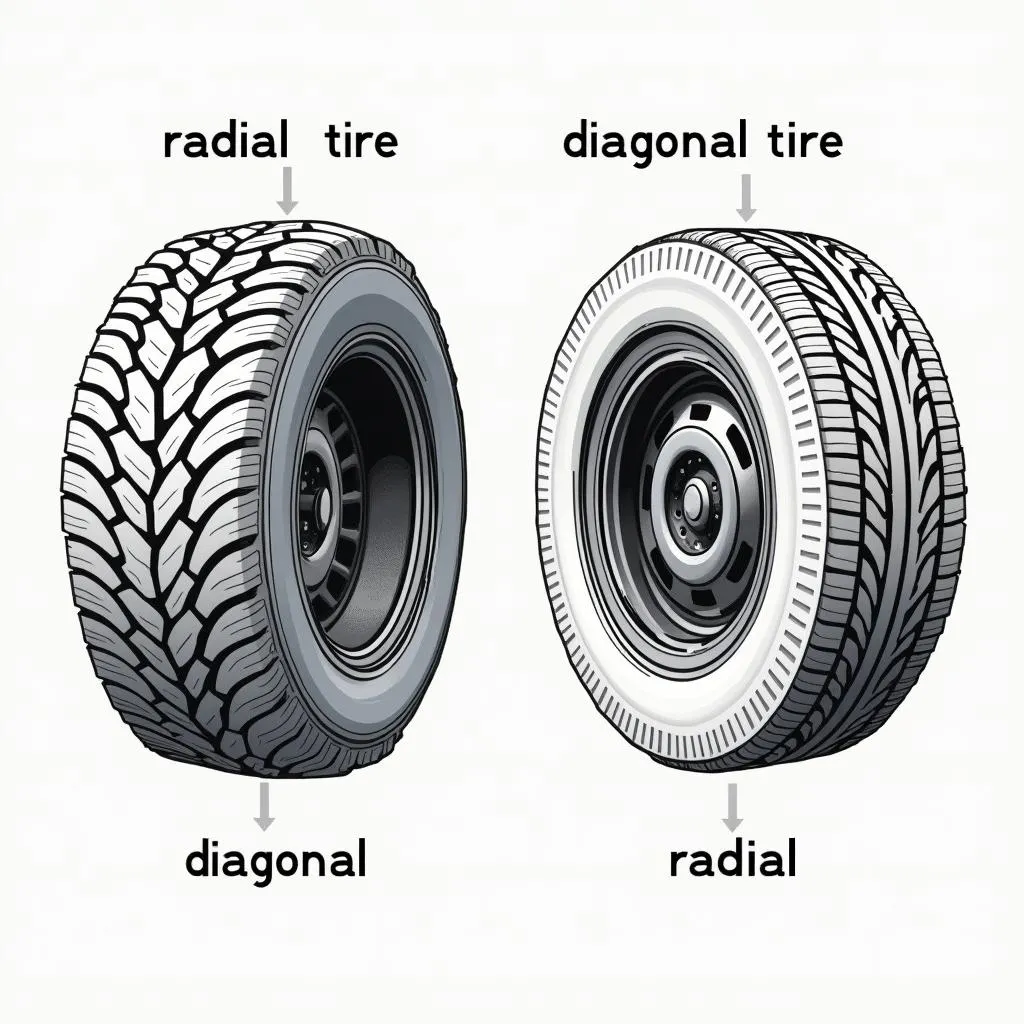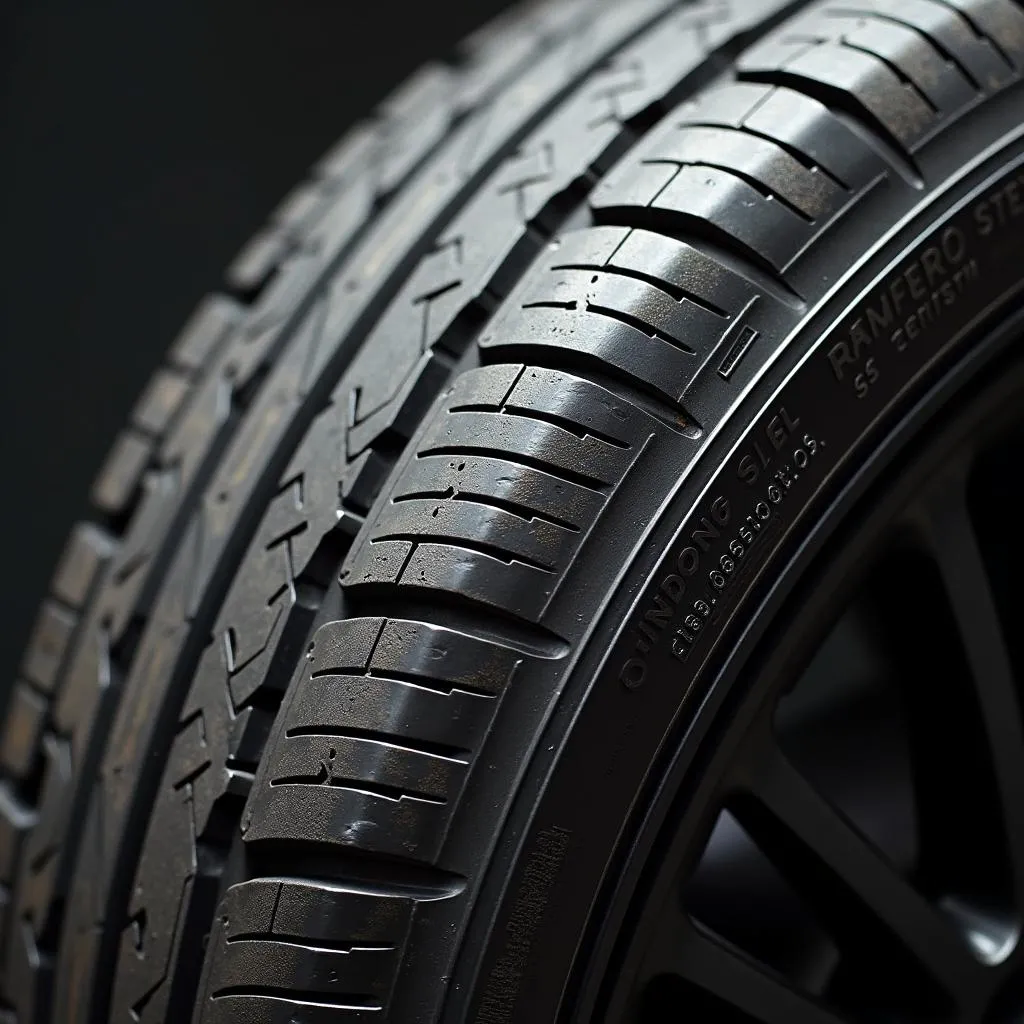When buying tires, many technical terms come up that not everyone is familiar with. One of these is the difference between radial and bias-ply tires. Although bias-ply tires are less common today, it is helpful to understand the difference, especially if you are interested in classic cars or simply want to learn more about the development of car tires.
What Do “Radial” and “Bias-Ply” Mean for Tires?
The difference between radial and bias-ply tires lies in the construction of their carcass. The carcass is the load-bearing structure of the tire and consists of multiple layers of fabric, called plies.
In bias-ply tires, these plies run diagonally to the tread, similar to the weave of a basket. The individual layers cross over each other, creating a very stable, but also inflexible structure.
Radial tires, on the other hand, have plies that run radially from bead to bead, meaning perpendicular to the tread. In addition to the radial plies, radial tires also have a belt that consists of multiple layers and runs around the tire. This belt provides additional stability and protects the tire from damage.
 Radial vs Bias-Ply Tires: A Comparison
Radial vs Bias-Ply Tires: A Comparison
Why Are Radial Tires Standard Today?
The radial construction offers several advantages over the bias-ply construction, which have made radial tires the primary choice for modern vehicles:
- Better Handling and Ride Characteristics: Due to the more flexible sidewall, radial tires can better absorb road imperfections, offering more ride comfort and better road holding.
- Lower Rolling Resistance: The radial construction creates less friction with the road surface, leading to lower rolling resistance. This means less fuel consumption and lower CO2 emissions.
- Longer Lifespan: Radial tires wear out slower than bias-ply tires due to the more stable tread and lower rolling resistance.
- Higher Load Capacity: Thanks to the robust construction, radial tires can carry heavier loads.
Are Bias-Ply Tires Still Relevant Today?
Although radial tires have displaced almost all other tire types in everyday use, bias-ply tires are still used in some niche areas. This is because the stiff sidewall of bias-ply tires can offer advantages in certain situations, for example with:
- Classic Cars: For many classic cars, bias-ply tires are required to preserve the original condition.
- Agricultural Machinery: For some agricultural machinery and trailers, bias-ply tires are still used due to their higher puncture resistance and better lateral stability on unpaved surfaces.
What to Look For When Buying Tires
Regardless of whether they are radial or bias-ply tires, when buying tires, you should pay attention to the following points:
- Tire Size: The tire size is indicated on the tire sidewall and must match the specifications in your vehicle’s registration document.
- Load Index: The load index indicates the maximum load the tire is allowed to carry.
- Speed Index: The speed index indicates the maximum speed the tire is rated for.
- Tread Pattern: Depending on the application area (summer, winter, off-road), you need tires with different tread patterns.
- Manufacturing Date: The manufacturing date is indicated on the tire sidewall as a four-digit code. Tires should not be older than six years.
 Tire Sidewall Information: What Do the Numbers and Letters Mean?
Tire Sidewall Information: What Do the Numbers and Letters Mean?
Conclusion: The Right Tire for Your Vehicle
Choosing the right tire depends on various factors, such as the vehicle type, intended use, and personal preferences. While radial tires are the better choice in most cases, bias-ply tires can still make sense in certain niche areas.
Need help choosing the right tires? Our experts at AutoRepairAid are here to help with advice and support. Feel free to contact us!
